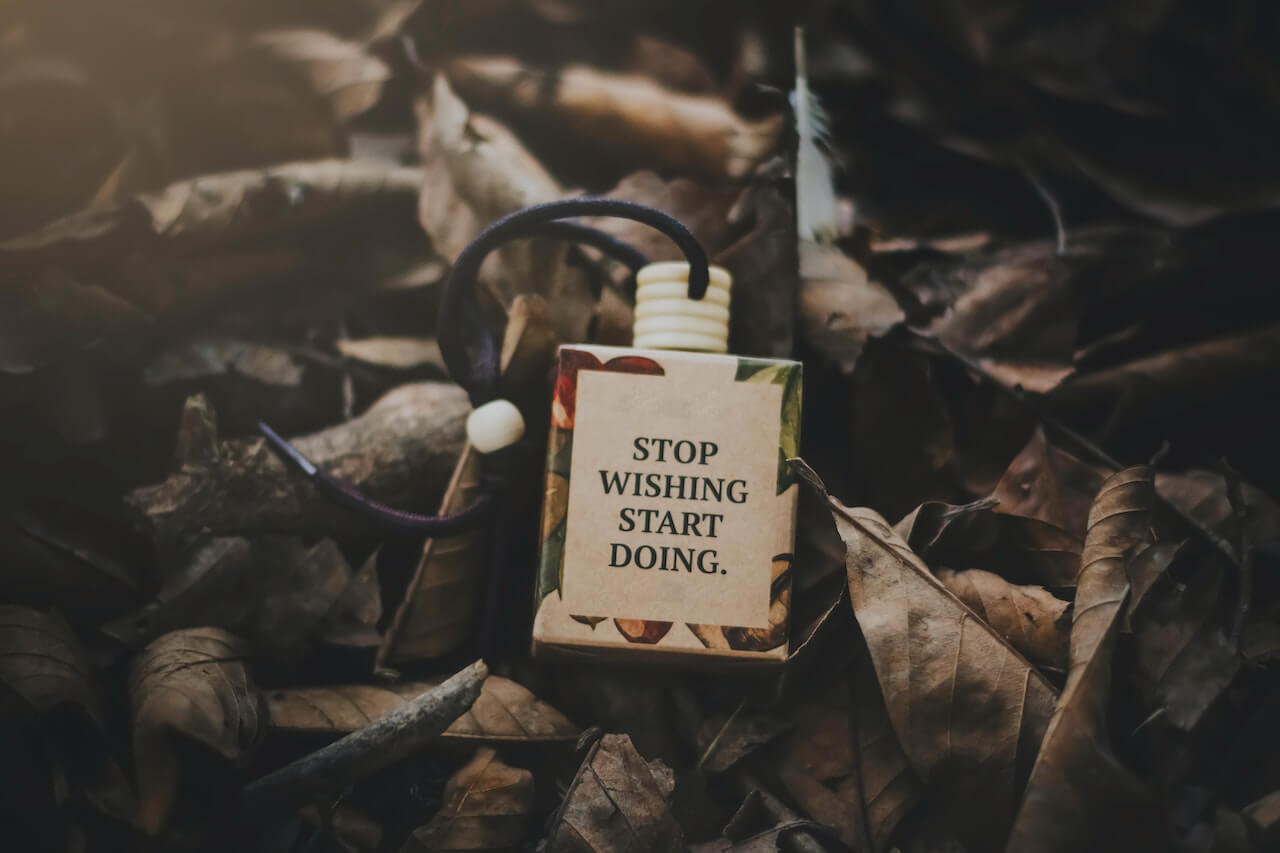Here are four examples of how different authors and inspirational teachers approach the topic of Oneness. See what themes you find and what resonates with you.
ONE Unforgettable Philosophy
In fact ONE is how I’ve been resonating with and sharing ONEness through the work I’m doing with Project GratOtude. Here is our Project GratOtude philosophy, the six beliefs and values that drive our vision.
- The “ONE Thing” – What is that “ONE thing” – the secret to life? We believe that gratitude is ONE of the most important secrets to living your best life! Gratitude enhances your love for people and appreciation for life. It’s the “ONE thing” guiding this challenge and inspiring us to make a difference.
- ONE Life to Live – Why is Project GratOtude important? We have one life to live here on Earth, so why not make the most of it by living our lives fully and gratefully. We don’t want to live with regrets and wait until it’s too late to let someone know how they make a difference in our life. So let’s go for IT and truly live as if our lives depend on it!
- The ONE Above – Divine guidance from the ONE above – God, angels and the universe – is who inspires, leads and guides us.
- The Power of ONE – One idea, one person, one word. The power of ONE is all it takes to make a tremendous difference in the world. Just like a pebble creates many ripples in water, so too can ONE person – YOU – create a ripple-effect of love and appreciation when becoming more grateful.
- ONEness is the Way – While it only takes one person to create a ripple effect, becoming ONE with each other creates an endless amount of ripples and impact. When 1 + 1 are alone they add up to equal 2. However when you combine 1 & 1 together that equals 11, creating a much more significant impact. Being grateful helps us feel more connected to one another, bringing us closer to ONEness.
- ONE Step at a Time – How will we all do this? ONE step at a time. All we ask is that you take ONE step at a time as we are doing the same thing – just one step ahead blazing the trail for Project GratOtude. Together, we’ll trust that each step we take brings more gratitude into our lives by the end of this Project GratOtude journey.
One-sidedness Verses Oneness
Authors Danah Zohar and Dr. Ian Marshall in the book Connecting with our Spiritual Intelligence, discuss how our spiritual intelligence is like “unitive thinking.” The unitive ability is the key to understating holistic thinking, an ability to connect the context that links the components to parts.
“When we cut off from the deep center of ourselves – through fragmentation, onesidedness, pain or distraction – it is as though we are walking on a muddy path in the dark with only a small torch to guide us. We move along warily from one-pothole to the next, our perspective limited to one faltering step at a time. When we are using our spiritual intelligence we are seeing things from the center, from the light. We are able to see things in a larger, more unified context. This allows us to see and relate to things that once seemed separate to seeing and creating relationships and patterns as a whole.”
Interconnectedness
When asked what spirituality means to you, many respondents shared that it is the fact that everything is interconnected with everything else, according to Authors Mitroff and Denton in the book A Spiritual Audit of Corporate Amercia. Everything affects and is affected by everything else. “Spirituality is the feeling of interconnectedness with the basic belief that there is one supreme force that governs the entire universe.”
Claiming Oneness
Spiritual people know that “anything created by God is one with God” and that there is no separation between themselves and their divine source. James Twyman of The Moses Code says to consider the possibility that God doesn’t perceive separation. In other words, everything is contained within the whole we sometimes call God and there is nothing outside that whole.
He suggests this exercise to claim oneness, to see through the eyes of your soul and see how God sees. “As often as you can, observe the world around you. Observe the people and things as if they are part of you. You know that it’s true that you’re one with everything and everyone. Doing this gives you the chance to apply and feel it with your whole body. It’s one thing to say that you’re one with God, but your goal is to literally feel this reality, thereby knowing it’s true.”
How will you claim YOUR oneness?
******************** For more resources, see our Library topic Spirituality in the Workplace.——————
Janae Bower is an inspirational speaker, award-winning author and training consultant. She founded Finding IT, a company that specializes in personal and professional development getting to the heart of what matters most. She started Project GratOtude, a movement to increase gratitude in people’s lives.











